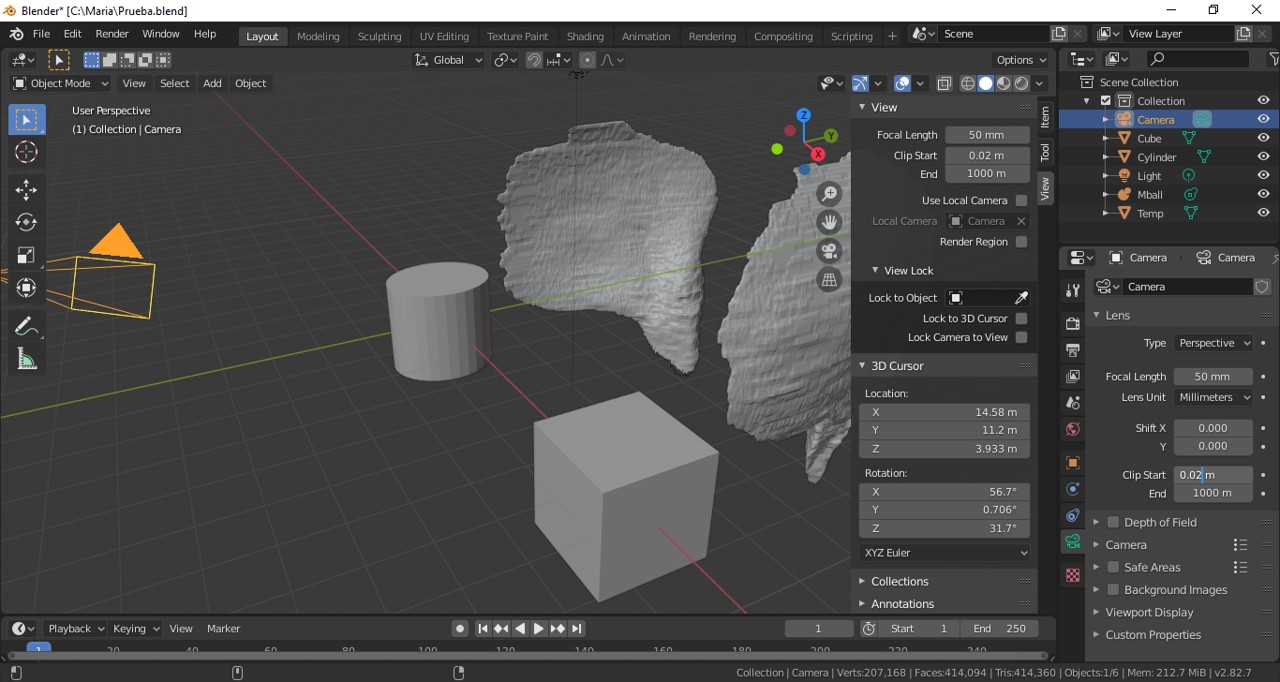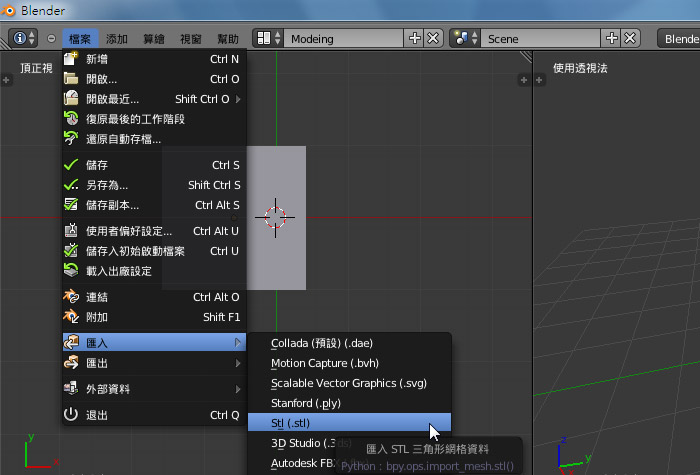

For this particular example, smoothing the vertices 3 times is sufficient.ħ) Export the STL file by going to the menu bar and clicking File > Export > STL. For this example, subdividing 3 times is sufficient.Ħ) Now we can smooth the vertices by going to the Tools tab again, under Deform:, click Smooth Vertex. The most common format for a printable monochrome 3D model is. Quads enable us to more precisely control the subdivisions and smoothing of the model.ĥ) Subdivide the model by going to the Tools tab on the left panel, under Add:, click Subdivide. (Refer to this video created by Shapespeare to properly configure Blender for 3D printing: Blender Basics for 3D Printing)ģ) Open Edit Mode to display the polygons of the STL by pressing Tab.Ĥ) Convert the triangles into quads by pressing Alt+J. Doing this will create higher quality models out of your STL file, allowing for higher quality prints.ġ) Use Netfabb (download available here: Netfabb downloads) to clean up your STL.Ģ) Open up Blender and import your STL by going to the menu bar and click File > Import > STL. FBX, Collada, STL, OBJ, Three.JS, Babylons.JS, STEP, IGES, 3DS, Blender and more.


This is a tutorial for using the free, but powerful, software Blender (download available here: Blender downloads) to add additional polygons to STLs created in SketchUp. Blender- Smoothing STL files with Blender for 3D printing


 0 kommentar(er)
0 kommentar(er)
